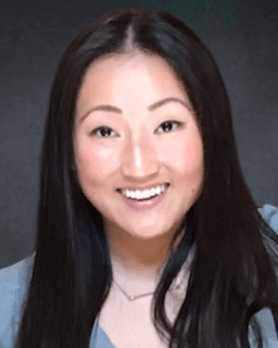Automatic Spatial Registration System for Whole-Breast Three-Dimensional Ultrasound
C Park1,2*, S Papernick1,2, N Orlando1,2, M Jonnalagadda1, J Bax2, L Gardi2, K Barker2, D Tessier2, A Fenster1,2, (1) Western University, London, ON, Canada (2) Robarts Research Institute, London, ON, Canada
Presentations
WE-IePD-TRACK 1-2 (Wednesday, 7/28/2021) 5:30 PM - 6:00 PM [Eastern Time (GMT-4)]
Purpose: Mammography remains the standard in breast cancer screening, but challenges still exist in the 40-50% of women with radiographically dense breasts. Automated breast ultrasound (US) has enabled whole-breast imaging, improving reproducibility and reducing operator-dependence when compared to handheld US. However, these systems still require extensive user training and are costly. We propose an alternative spatially tracked system for automatic registration of three-dimensional (3D) US volumes for whole-breast imaging. This paper describes the system development and feasibility for accurate whole-breast 3DUS image reconstruction.
Methods: The system is composed of an in-house 3DUS imaging subsystem, which can be adapted to any US transducer, and clinician-operated multi-jointed arm and counterbalanced stabilizer, which enables motion in six degrees-of-freedom. The system contains electromagnetic encoders in each of the six-joints, which were integrated with custom software modules to track the 3D spatial coordinates of the 3DUS scanner and its image. Tracking accuracy was assessed for each joint independently by comparing the spatially-tracked position of a custom stylus to its optically-tracked position. Automatic spatial registration and 3DUS fusion was tested using string and breast phantoms.
Results: The mean absolute tracking error (SD) was 0.87±0.52mm, 0.70±0.46mm, 0.53±0.48mm, 0.34±0.32mm, 0.43±0.28mm, and 0.78±0.54mm for joints 1-6 respectively. Quadratic-based lookup table corrections optimized the spatial tracking accuracy in translational joints 1-2 and rotational roll-joint. Compound motions utilizing all joints resulted in an absolute error of 1.08±0.88mm (N=20) within the intended clinical workspace for breast imaging. 3DUS images of the string and breast phantoms with simulated lesions demonstrated the utility for automatic registration and fusion of multiple 3DUS images using their spatially tracked positions.
Conclusion: We demonstrated an accurate spatially tracked system for whole-breast 3DUS imaging. The system shows potential as an alternative, cost-effective US-based approach with the capability for whole-breast imaging in women with radiographically dense breasts.
Funding Support, Disclosures, and Conflict of Interest: This work was gratefully supported by the Natural Sciences and Engineering Research Council of Canada (NSERC), the Canadian Institutes of Health Research (CIHR), and the Ontario Institute for Cancer Research (OICR) Imaging Program.
ePosters
Keywords
Taxonomy
IM/TH- Image Registration Techniques: Modality: Ultrasound
Contact Email



